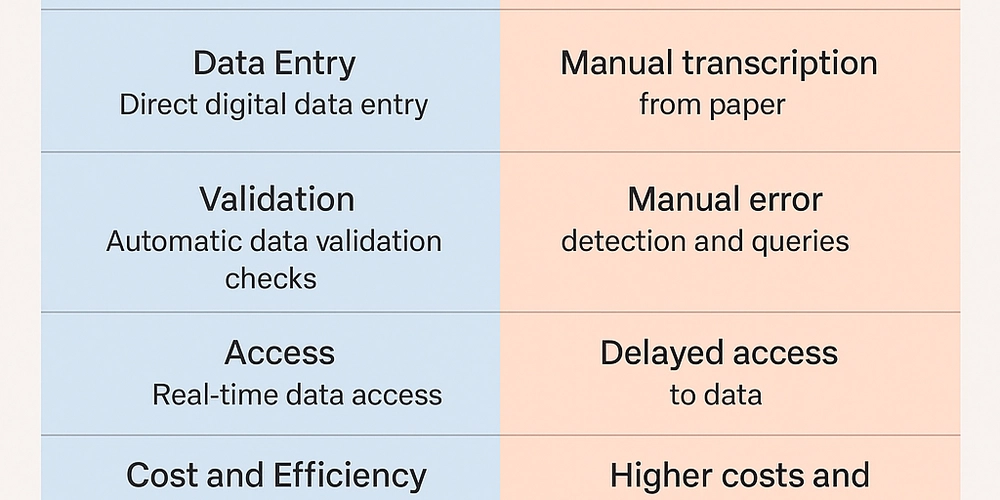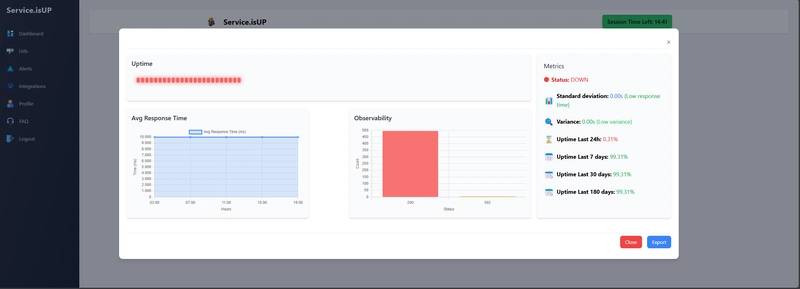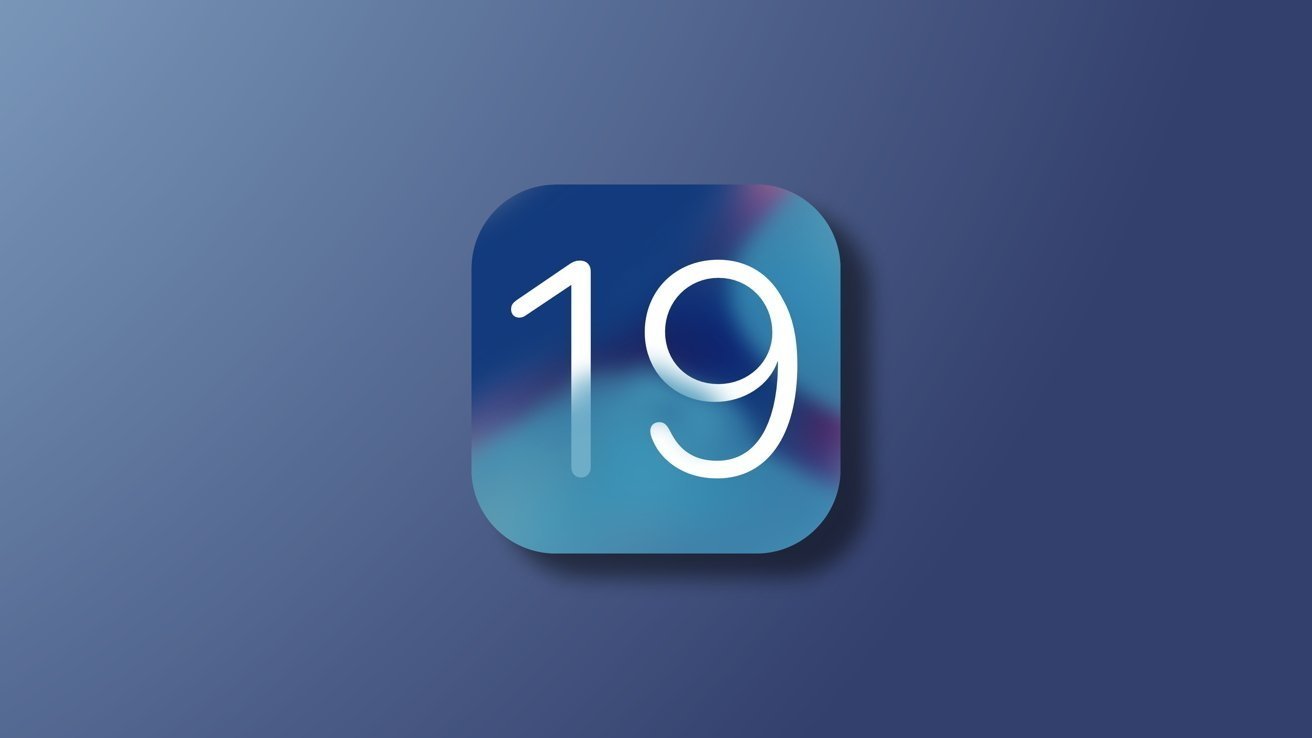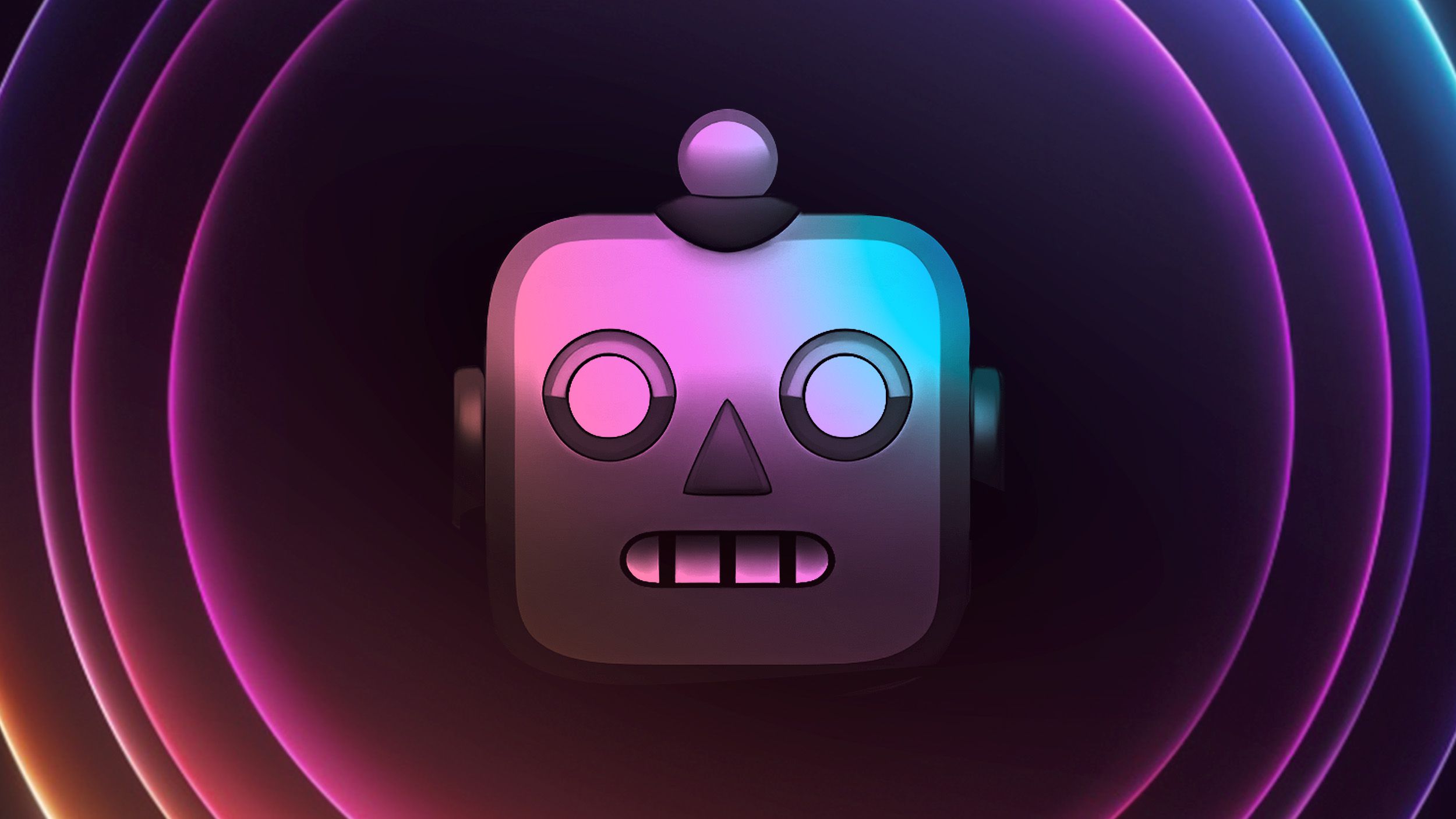Getting Started as a Java Developer: A Complete Guide
Java is one of the most enduring and widely used programming languages in the tech industry. Its platform independence, scalability, and robust ecosystem make it a go-to choice for companies ranging from startups to large enterprises. If you're looking to start your journey as a Java developer, you're stepping into a world of opportunity and growth. This guide will walk you through everything you need to know to begin your career and thrive in the field. Why Choose Java? Before diving into the details, it’s important to understand why Java remains such a powerful force in the development world. Java is object-oriented, which promotes clean, modular code. It’s platform-independent thanks to the Java Virtual Machine (JVM), meaning you can run Java applications on almost any device. With strong community support, extensive documentation, and a wide variety of tools and frameworks, Java offers a stable and mature ecosystem for developers of all levels. Step 1: Understand the Basics The journey to becoming a proficient Java developer starts with mastering the fundamentals. You’ll need to get comfortable with Java syntax, data types, operators, control structures like loops and conditionals, and object-oriented programming principles such as inheritance, encapsulation, and polymorphism. While this may sound like a lot, these are the building blocks for everything you’ll do as a Java developer. Once you’ve grasped the basics, you should also learn about exception handling, input/output streams, collections (like lists, maps, and sets), and how Java manages memory. These concepts form the core of what every Java developer needs to know. Step 2: Explore Object-Oriented Programming (OOP) Object-oriented programming is central to Java. This paradigm allows you to create reusable, modular, and organized code. You’ll work with classes and objects, design patterns, and principles like abstraction. A solid grasp of OOP will prepare you to handle real-world applications and maintain large codebases efficiently. Step 3: Dive into Advanced Java Concepts Once you're confident with the basics and OOP, it's time to dig deeper. Java offers powerful tools for working with data, handling errors, and building complex applications. One of the key concepts you’ll encounter in advanced Java is thread in Java. A thread in Java is a unit of execution within a program. Understanding threads allows you to write programs that can perform multiple tasks at once, which is essential for building responsive applications. For example, threads are often used in applications that involve downloading files, processing data in the background, or handling multiple user inputs simultaneously. Learning how to manage threads and avoid common pitfalls like race conditions and deadlocks is crucial for developing high-performance software. Step 4: Get Familiar with Tools and Frameworks As a Java developer, you'll be using a range of tools and frameworks to build and maintain applications. Integrated Development Environments (IDEs) like IntelliJ IDEA or Eclipse make writing and debugging Java code much easier. You’ll also come across build tools like Maven and Gradle, which help manage project dependencies and automate repetitive tasks. Frameworks such as Spring and Hibernate are widely used in the Java ecosystem. Spring helps you build robust web applications, while Hibernate makes working with databases more straightforward. Familiarity with these tools is often expected in job descriptions for Java developer roles. Step 5: Work on Real Projects One of the best ways to cement your learning is to build real applications. Whether it’s a simple to-do list, a weather app, or a personal blog platform, working on actual projects will help you apply your knowledge and showcase your skills to potential employers. These projects can also help you understand how to structure an application, integrate third-party libraries, and manage errors in a real-world context. Step 6: Learn About Testing and Debugging Writing code is only half the battle—testing and debugging are essential skills for every Java developer. You'll need to learn how to write unit tests, understand how to find and fix bugs, and work with logging tools to diagnose issues. A solid foundation in testing ensures that your applications are reliable and maintainable. Step 7: Stay Updated and Keep Learning The world of Java is always evolving. New versions bring enhancements and new features, while the community continuously develops new libraries and frameworks. Join developer forums, follow Java blogs, and consider contributing to open-source projects. Continuous learning is what separates good developers from great ones. Conclusion Becoming a Java developer is a rewarding and achievable goal. It requires dedication to learning, a curiosity for solving problems, and the patience to build sk

Java is one of the most enduring and widely used programming languages in the tech industry. Its platform independence, scalability, and robust ecosystem make it a go-to choice for companies ranging from startups to large enterprises. If you're looking to start your journey as a Java developer, you're stepping into a world of opportunity and growth. This guide will walk you through everything you need to know to begin your career and thrive in the field.
Why Choose Java?
Before diving into the details, it’s important to understand why Java remains such a powerful force in the development world. Java is object-oriented, which promotes clean, modular code. It’s platform-independent thanks to the Java Virtual Machine (JVM), meaning you can run Java applications on almost any device. With strong community support, extensive documentation, and a wide variety of tools and frameworks, Java offers a stable and mature ecosystem for developers of all levels.
Step 1: Understand the Basics
The journey to becoming a proficient Java developer starts with mastering the fundamentals. You’ll need to get comfortable with Java syntax, data types, operators, control structures like loops and conditionals, and object-oriented programming principles such as inheritance, encapsulation, and polymorphism. While this may sound like a lot, these are the building blocks for everything you’ll do as a Java developer.
Once you’ve grasped the basics, you should also learn about exception handling, input/output streams, collections (like lists, maps, and sets), and how Java manages memory. These concepts form the core of what every Java developer needs to know.
Step 2: Explore Object-Oriented Programming (OOP)
Object-oriented programming is central to Java. This paradigm allows you to create reusable, modular, and organized code. You’ll work with classes and objects, design patterns, and principles like abstraction. A solid grasp of OOP will prepare you to handle real-world applications and maintain large codebases efficiently.
Step 3: Dive into Advanced Java Concepts
Once you're confident with the basics and OOP, it's time to dig deeper. Java offers powerful tools for working with data, handling errors, and building complex applications. One of the key concepts you’ll encounter in advanced Java is thread in Java.
A thread in Java is a unit of execution within a program. Understanding threads allows you to write programs that can perform multiple tasks at once, which is essential for building responsive applications. For example, threads are often used in applications that involve downloading files, processing data in the background, or handling multiple user inputs simultaneously. Learning how to manage threads and avoid common pitfalls like race conditions and deadlocks is crucial for developing high-performance software.
Step 4: Get Familiar with Tools and Frameworks
As a Java developer, you'll be using a range of tools and frameworks to build and maintain applications. Integrated Development Environments (IDEs) like IntelliJ IDEA or Eclipse make writing and debugging Java code much easier. You’ll also come across build tools like Maven and Gradle, which help manage project dependencies and automate repetitive tasks.
Frameworks such as Spring and Hibernate are widely used in the Java ecosystem. Spring helps you build robust web applications, while Hibernate makes working with databases more straightforward. Familiarity with these tools is often expected in job descriptions for Java developer roles.
Step 5: Work on Real Projects
One of the best ways to cement your learning is to build real applications. Whether it’s a simple to-do list, a weather app, or a personal blog platform, working on actual projects will help you apply your knowledge and showcase your skills to potential employers. These projects can also help you understand how to structure an application, integrate third-party libraries, and manage errors in a real-world context.
Step 6: Learn About Testing and Debugging
Writing code is only half the battle—testing and debugging are essential skills for every Java developer. You'll need to learn how to write unit tests, understand how to find and fix bugs, and work with logging tools to diagnose issues. A solid foundation in testing ensures that your applications are reliable and maintainable.
Step 7: Stay Updated and Keep Learning
The world of Java is always evolving. New versions bring enhancements and new features, while the community continuously develops new libraries and frameworks. Join developer forums, follow Java blogs, and consider contributing to open-source projects. Continuous learning is what separates good developers from great ones.
Conclusion
Becoming a Java developer is a rewarding and achievable goal. It requires dedication to learning, a curiosity for solving problems, and the patience to build skills over time. From understanding the basics of the language to mastering advanced topics like thread in Java, your journey will be full of discovery and growth. Start small, stay consistent, and embrace every challenge as a stepping stone to becoming the developer you aspire to be.










































































































































































![[The AI Show Episode 144]: ChatGPT’s New Memory, Shopify CEO’s Leaked “AI First” Memo, Google Cloud Next Releases, o3 and o4-mini Coming Soon & Llama 4’s Rocky Launch](https://www.marketingaiinstitute.com/hubfs/ep%20144%20cover.png)


































































































































![[DEALS] Sterling Stock Picker: Lifetime Subscription (85% off) & Other Deals Up To 98% Off – Offers End Soon!](https://www.javacodegeeks.com/wp-content/uploads/2012/12/jcg-logo.jpg)
















































.jpg?#)






























































































_NicoElNino_Alamy.png?width=1280&auto=webp&quality=80&disable=upscale#)













































































































![Apple Shares New Ad for iPhone 16: 'Trust Issues' [Video]](https://www.iclarified.com/images/news/97125/97125/97125-640.jpg)

![At Least Three iPhone 17 Models to Feature 12GB RAM [Kuo]](https://www.iclarified.com/images/news/97122/97122/97122-640.jpg)




































































































































